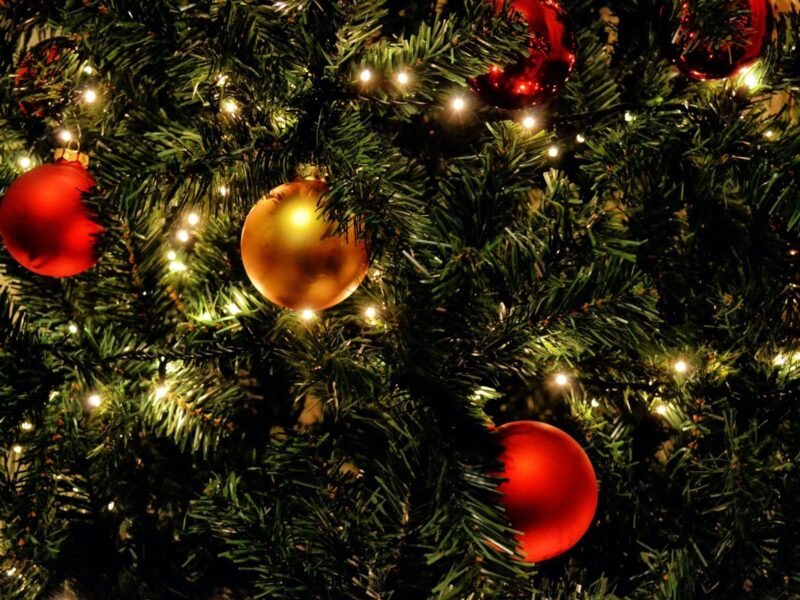The Beginning of a Timeless Tradition
For over a century, the Times Square New Year’s Eve celebration has been the most iconic and anticipated event of the year all over the world. Revelers of all ages gather in Times Square, dressed in warm clothing and with eyes trained on the bright and dazzling ball that is dropped at midnight, concluding the end of the old year and ushering in the new one.
The tradition of the ball drop dates back to the turn of the twentieth century when the New York Times Newspaper, then located in the heart of Times Square, wanted to celebrate the opening of its new headquarters at One Times Square. In 1904, the newspaper’s owner, Adolph Ochs, sought to gather people in Times Square, who would witness a big event that would mark the beginning of the New Year with a countdown and a spectacular event.
On December 31st, 1907, at the stroke of midnight, a 700-pound iron and wood sphere, illuminated by 100 25-watt light bulbs, descended slowly from the flagpole atop the One Times Square building. The celebrations were a massive success, and the tradition of the ball drop took off, becoming a fixture of New Year’s Eve festivities, watched by millions of people from around the world.
The ball, which weighs roughly 11,875 pounds and is measured at 12 feet in diameter, is adorned with 2,688 Waterford crystal triangles, illuminated by 32,256 LED lights. Each crystal panel measures about four inches long by three inches wide and is custom-made to avoid breakage during the descent. The color and design of the crystal triangles follow a specific theme, which changes every year. The ball themes of the past years have varied from Hope, Let There be Peace, Star of Hope, the Greatest Gifts, and Gift of Imagination.
The ball-dropping celebration of New Year’s Eve was not always as smooth and carefully orchestrated as it is today. The tradition has gone through several changes to become the magnificent event we witness today. For instance, the time taken to lower the ball on the flagpole was 57 seconds in the early years, but the duration was reduced by twenty seconds to coincide with the chimes of the New Year’s ringing bells below the tower.
The Role of Technology in the Ball Drop
Between the Second World War and the terrorist attacks of 2001, the drop of the ball was canceled or reduced several times, specifically to save electricity. Nevertheless, it was always a great achievement for New York City to continue the tradition, even during difficult times.
Nowadays, the Times Square New Year’s Eve celebration is a global tradition, reaching millions of spectators across the globe through television, websites, mobile apps, and social media. The event is a celebration of reflection on the past and hope for the future. The occasion always concludes with a confetti shower, which commemorates people’s dreams and desires for the new year.
The Times Square ball has become an enduring symbol of the event, synonymous with not only New Year’s Eve but also with New York City. It has become an affectionate and sentimental icon that has inspired millions and immortalized New Year’s Eve. The ball reminds us that time is precious, and every moment should be celebrated, creating unforgettable memories in the hearts of people from different backgrounds, all over the world.
In conclusion, New Year’s Eve ball dropping is an event that dates back to more than a hundred years ago, and it has continued to grow to entertain and enthrall people of all ages. May this tradition continue to be one that symbolizes growth, hope, and new beginnings for many more years to come.


